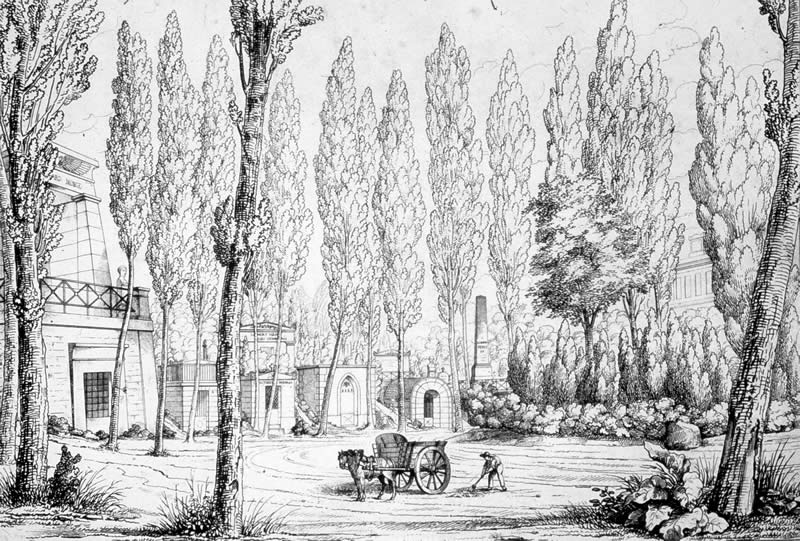Transformations: Landscape-Garden to Garden-Cemetery

James Stevens Curl
The English landscape-garden of the 18th century was one of the most important artistic exports of the time, influencing developments throughout Europe. Garden-buildings were significant elements in English gardens, but when they doubled as mausolea or as memorials, they became potent models informing many Continental gardens, notably in France, where they acquired greater resonances when they commemorated the dead and were erected over real dead bodies. The next step was to carry anticlericalism further by laying out cemeteries unattached to churches, and so the garden-cemetery was created, invented in France, which became the model followed by countless other countries during the 19th century.
This lecture outlines the subtle changes in perception that led to the landscape-garden becoming the garden-cemetery.

 LinkedIn
LinkedIn  Wikipedia
Wikipedia